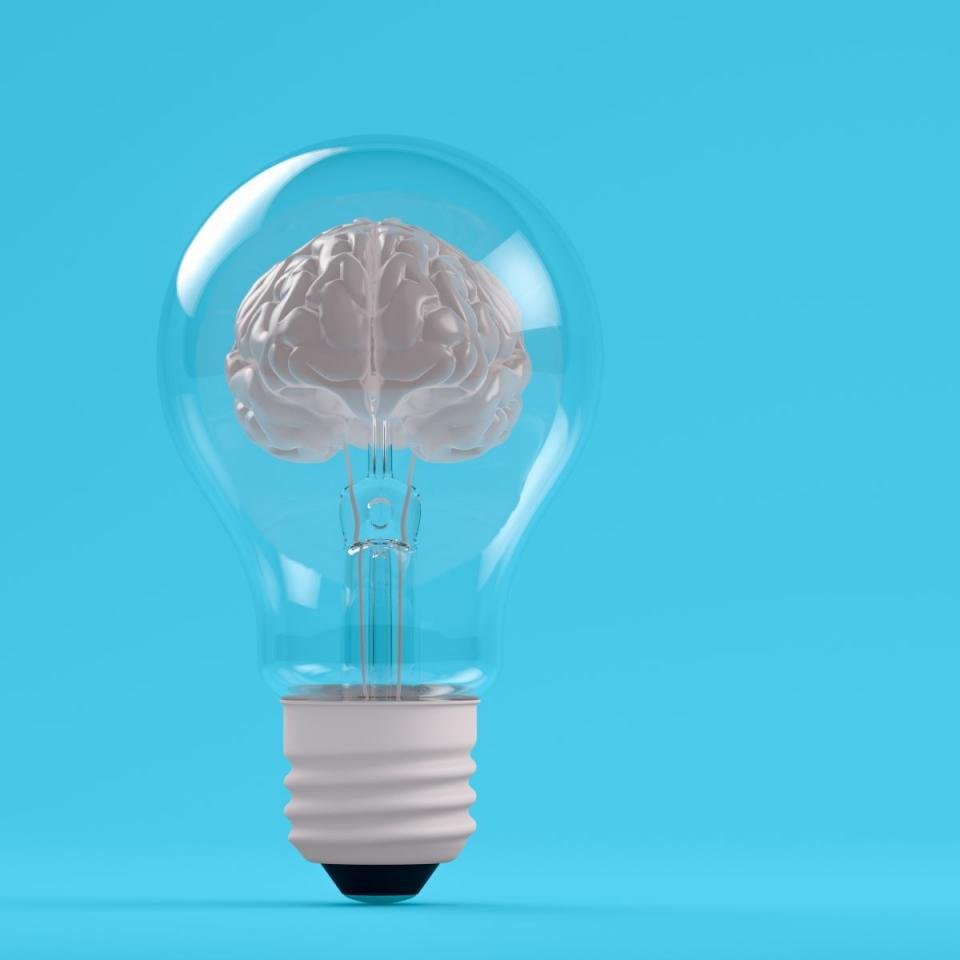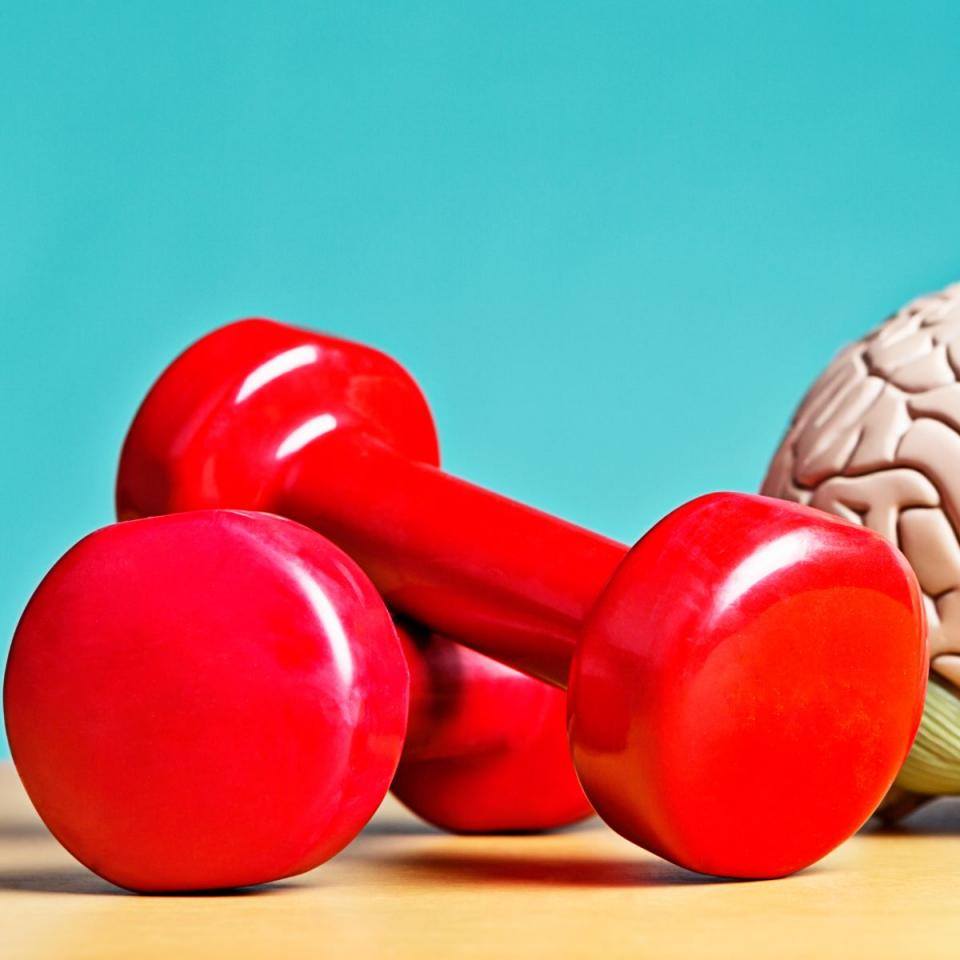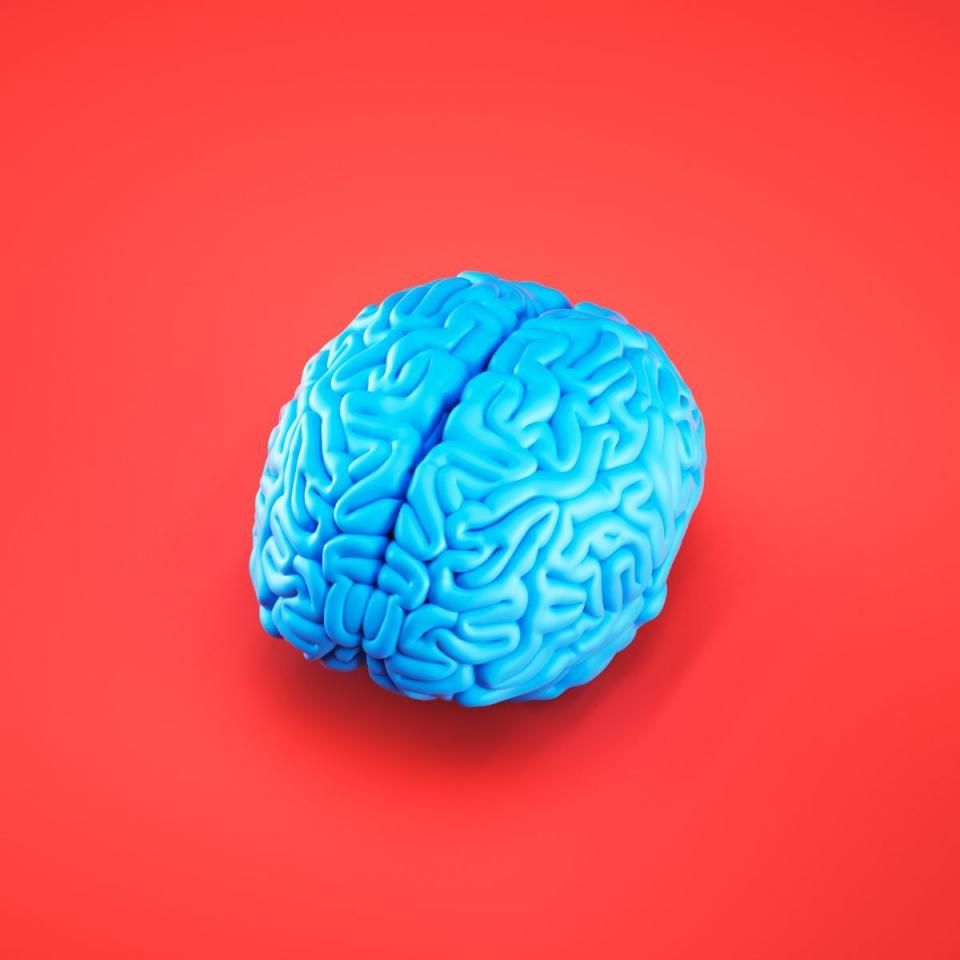Die Wissenschaft hinter der Reducept-Methode
Die Reducept-Methode trainiert das Gehirn, um Schmerzen zu lindern. Dazu nutzen wir wissenschaftliche Erkennisse über digitales Training, Schmerzpädagogik und Psychologie. Durch das geschikte Kombieren dieser drei Fachgebiete, haben wir unsere einzigartige Methode entwickelt.
Trainieren Sie Ihr Gehirn
Die Reducept-Methode funktioniert wie ein Fitnessstudio für Ihr Gehirn, ohne dass Sie Ihr Haus verlassen müssen. Indem Sie regelmäßig trainieren, können Sie Ihrem Gehirn beibringen, die Kontrolle über die Schmerzen zu erhöhen und dadurch die Schmerzen zu reduzieren. Trainieren Sie für ein "muskulöses" Gehin, das Ihren Schmerz auf Dauer besser im Griff hat!



Für alle, die wissen und verstehen wollen
Es gibt viele Beweise dafür, dass digitales Training Schmerzen verringert. Gemeinsam mit führenden Institutionen haben wir wissenschaftlich untersucht, dass die Reducept-Methode einen signifikanten Effekt auf die Schmerzwerte hat. Erfahren Sie mehr über unsere Forschung.

Wissenschaftliche Inspiration für die Reducept-Methode
- Ahmadpour, N., Randall, H., Choksi, H., Gao, A., Vaughan, C., & Poronnik, P. (2019). Virtual Reality interventions for acute and chronic pain management. The international journal of biochemistry & cell biology, 114, 105568.
- Gatchel, R. J., McGeary, D. D., McGeary, C. A., & Lippe, B. (2014). Interdisciplinary chronic pain management: past, present, and future. American Psychologist, 69(2), 119.
- Kuipers, D. A., Terlouw, G., Wartena, B. O., van't Veer, J. T., Prins, J. T., & Pierie, J. P. E. (2017). The role of transfer in designing games and simulations for health: systematic review. JMIR Serious Games, 5(4), e7880.
- Kuipers, D. (2019). Design for Transfer: figural transfer through metaphorical recontextualization in Games for Health.
- Louw, A., Diener, I., Butler, D. S., & Puentedura, E. J. (2011). The effect of neuroscience education on pain, disability, anxiety, and stress in chronic musculoskeletal pain. Archives of physical medicine and rehabilitation, 92(12), 2041-2056.
- McCracken, L. M., & Vowles, K. E. (2014). Acceptance and commitment therapy and mindfulness for chronic pain: Model, process, and progress. American Psychologist, 69(2), 178.
- Moseley, G. L., & Butler, D. S. (2015). Fifteen years of explaining pain: the past, present, and future. The Journal of Pain, 16(9), 807-813.
- Smits, M.L.M., Vries, de M., Garms, L, Delcliseur, H., Kallewaard, J.W., Geurts, J., Lier, E.J., & van Goor, H. (2019). Efficacy, Acceptability, Tolerability and Feasibility of a Therapeutic Virtual Reality Application on Improving the Quality of Life in Non specific Chronic Low back Pain Patients. Unpublished clinical trial.
- Vanhaudenhuyse, A., Gillet, A., Malaise, N., Salamun, I., Grosdent, S., Maquet, D., ... & Faymonville, M. E. (2018). Psychological interventions influence patients' attitudes and beliefs about their chronic pain. Journal of traditional and complementary medicine, 8(2), 296-302.
- de C Williams, A. C., Eccleston, C., & Morley, S. (2012). Psychological therapies for the management of chronic pain (excluding headache) in adults. Cochrane database of systematic reviews, (11).
